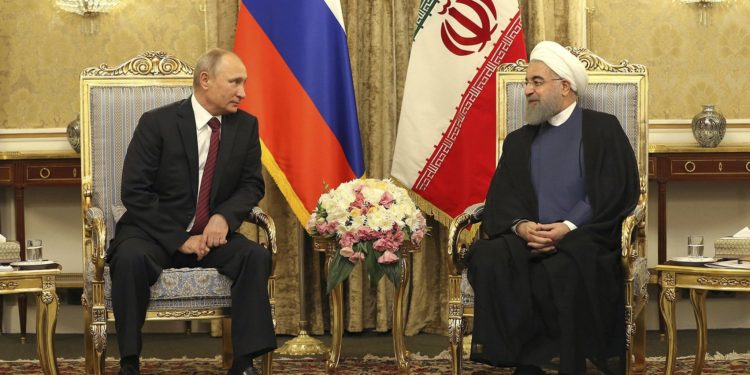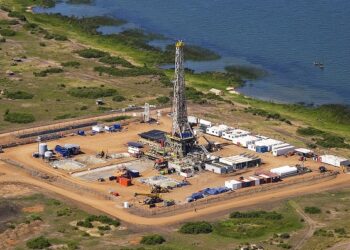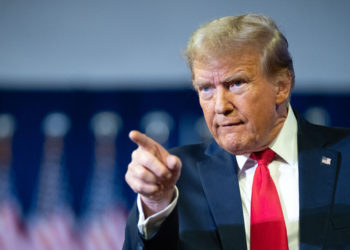By AGGREY BULUBA
When Two Elephants Bargain, the Earth Feels the Tremor
Such is the case as Russia and Iran inch closer to solidifying their grand gas pipeline project, a partnership poised to reshape energy dynamics in the region.
On January 17, Russia’s Energy Minister Sergey Tsivilyov confirmed that the two nations have agreed on the pipeline’s route, which will traverse Azerbaijan. However, a critical hurdle remains: pricing. Negotiations are currently grappling with this thorny issue, a decisive element that could make or break the deal.
Tsivilyov noted that while the volumes of gas to be transported have been settled, pricing discussions are at a sensitive stage. “Finding a middle ground on price is often a commercial challenge, requiring give-and-take from both sides,” he remarked. Specialized working groups from both nations are crafting a pricing approach, with debates centering around the calorific value of oil and gas—an intricate technical detail on which opinions diverge.
President Vladimir Putin has underscored the project’s significance, revealing that the first phase of the pipeline could transport up to 2 billion cubic meters of gas. Over time, this capacity could expand to a staggering 55 billion cubic meters. Additionally, Putin hinted at broader collaboration in the oil sector, signaling the depth of the energy ties forming between Moscow and Tehran.
The foundation for this ambitious initiative was laid in June 2024, when Gazprom and the National Iranian Gas Company signed a strategic memorandum. This landmark agreement paved the way for Russian gas exports to Iran and established a framework for advancing energy cooperation. According to the memorandum, the pipeline will initially transport 300 million cubic meters of gas daily via the Caspian Sea. Iran retains the option to resell any surplus gas to other nations, potentially generating $10–12 billion annually. The deal’s 30-year term reflects the long-term vision and commitment of both countries.
Beyond the pipeline, Russian Deputy Prime Minister Alexander Novak has revealed additional plans for collaboration. These include creating a regional energy hub with Qatar and Turkmenistan, initiating gas swaps in northern Iran, and establishing an electronic gas trading platform in southern Iran. Together, these initiatives could elevate Iran’s status as a pivotal energy player in the region.
The scale of this partnership reflects the growing synergy between Moscow and Tehran. Last fall, Iran’s former Oil Minister Javad Owji disclosed joint projects worth $40 billion, emphasizing the immense economic potential of their alliance.
As these negotiations progress, the stakes remain high. This endeavor is a delicate dance of patience, precision, and compromise. As the old saying goes, “A river cuts through rock not by force, but by persistence.” Only time will tell if Russia and Iran can overcome their differences and turn their shared ambitions into reality.







Discussion about this post